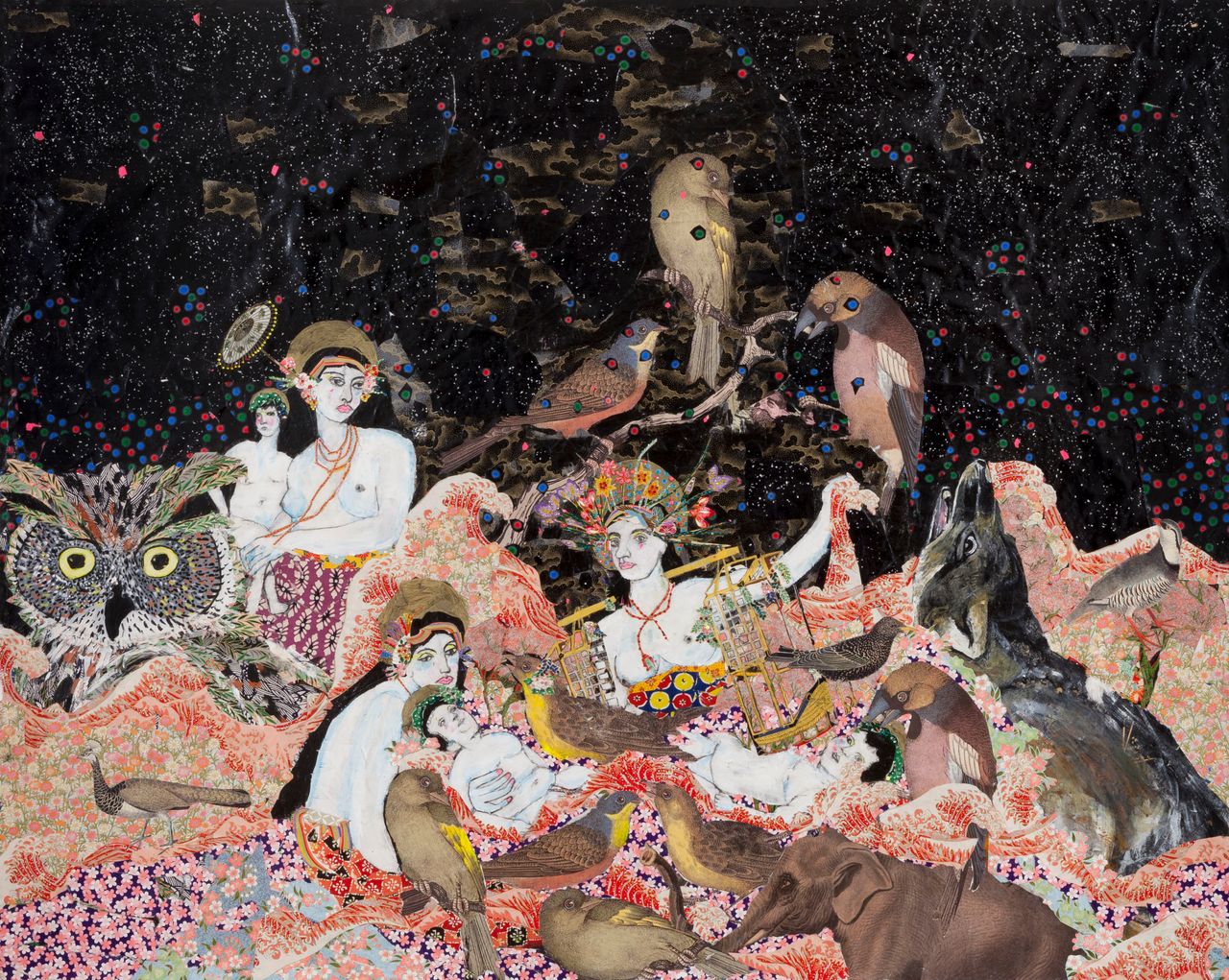Think of an artist locked up in the studio, trembling before a blank canvas, paintbrush in hand, ideas and potential visions swirling in the imagination. Now, think of an artist amidst a heap of materials -- magazine clippings and unfinished artworks, scraps of junk and found photos. There is no empty canvas, no distinct point of origin -- only radical potential, endless inspiration, shifting possibilities.
The art of collage is not just about cutting and pasting. For collage artists, the reigning motif of the singular genius creating beauty from nothing has been replaced by an endless sea of images and influences, hungry to be snatched up, transformed, remixed and spit out. The current exhibition at New York's El Museo del Barrio, titled "CUT N’ MIX: Contemporary Collage," explores the present day status of collage in its many manifestations, investigating how the technique relates to craftsmanship, pop culture and art history.

The exhibition takes its name from a collection of essays written in 1987 by Dick Hebdige’s, titled Cut 'N' Mix: Culture, Identity and Caribbean Music. The stories connect the modes of Caribbean reggae and dancehall music to broader Caribbean understandings of culture and identity. For Hebdige, there is no blank canvas, no one point of origin for music history. "The roots [of music] themselves are in a state of constant flux and change. The roots don't stay in one place. They change shape. They change color. And they grow. There is no such thing as a pure point of origin, least of all in something as slippery as music -- but that doesn't mean there isn't history."
Although El Museo translates the pastiches from sound to sight, the theoretical implications remain remain constant and fluid all the same. The exhibition contains, rather appropriately, a vibrant mix of traditional collages -- paper on paper -- to more experimental derivations involving cardboard, fabric, burnt linoleum and digital video.
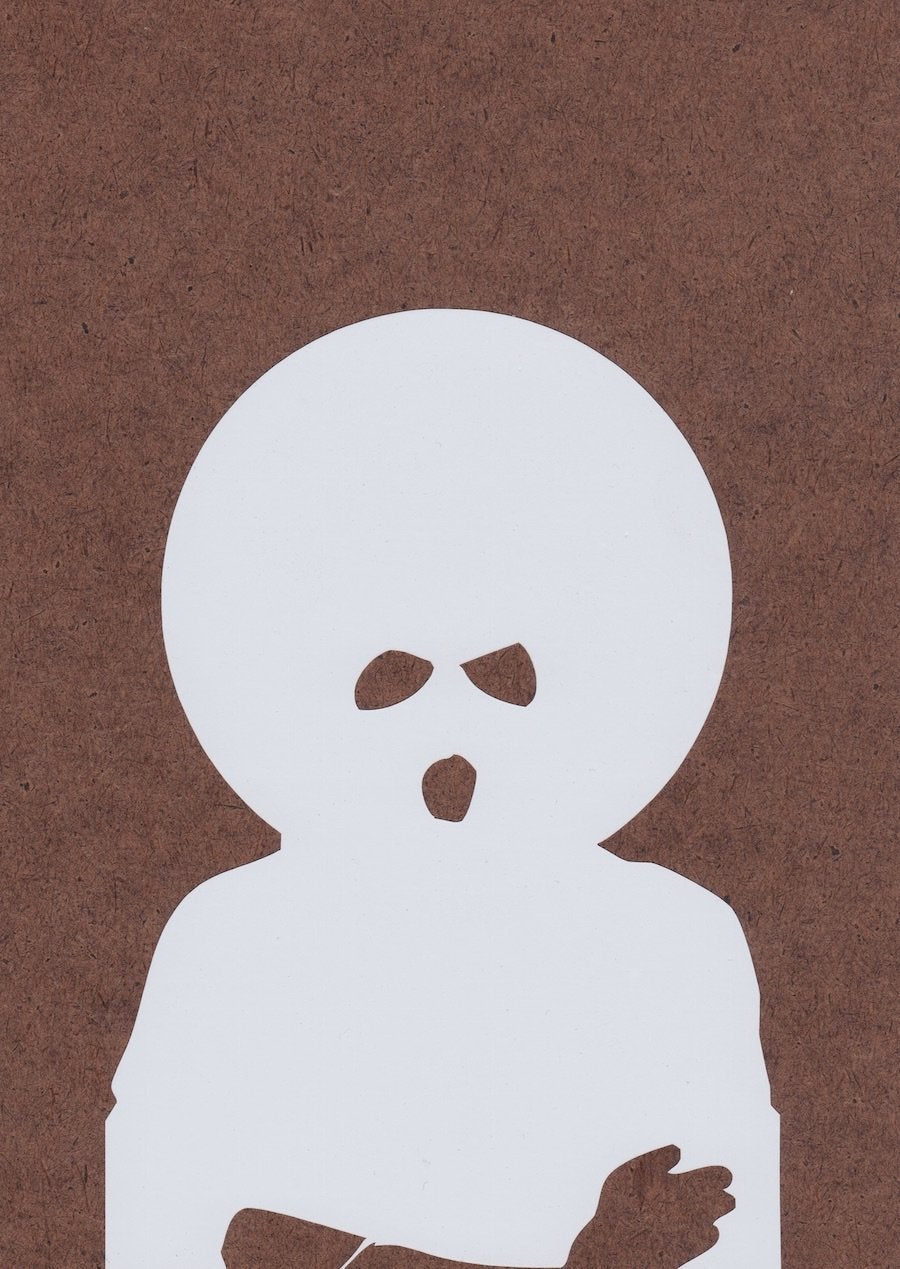
"I just draw with scissors," Colombian artist Maria Berrio said of her practice. Her "Nativity" work above features Japanese paper and rhinestones along with watercolor and acrylic paint. "There is pleasure in the raw physicality of the art form -- not simply applying a medium, but tearing it, forming it, cutting it, spreading glue with sticky fingers, feeling the various textures of the different papers ... At times it seems I am more excavating a mystery hidden below the canvas than creating a work, ideally to convey that sense of awe and wonder at the majestic, enigmatic beauty of things."
The works on view, made predominately by artists of color, range from examinations of racial injustice in America to abstract celebrations of color and light. Catalina Parra is a Chilean political artist who, for 50 years, has pushed the limits of collage to address pressing social and political issues. The show features one of Parra’s triptychs, made during the height of the AIDS crisis in 1986, conveying the unimaginable impact of the disease on women and mothers in society. The three portions of the triptych interact to represent “suffering, rejection, judgment and human pain,” according to the artist. The middle section is enclosed by human X-rays, beckoning the viewer to examine the piece closely.

Collage is more than just a technique. It carries with it a spirit of art-making that is inclusive, accessible, radical, hybridized and ever-evolving. In the words of Argentinian artist Matias Cuevas: "There is a playfulness, a sense of freedom to the process that I really enjoy and always look forward to."
"Every other image, pattern, form, and color that I come across during the process sooner or later loses its visual identity and becomes generic and/or universal," he continues. "So there is this feeling that everything is possible, that any form or shape regardless of its color or visual language can be re-contextualized and placed next to or merge with a -- seemingly -- historically different one. It is sort of looking at culture from every vantage point in time, and having this overwhelming feeling of omnipresence and ubiquitousness."
"CUT N MIX: Contemporary Collage" runs until Dec. 12 in New York.
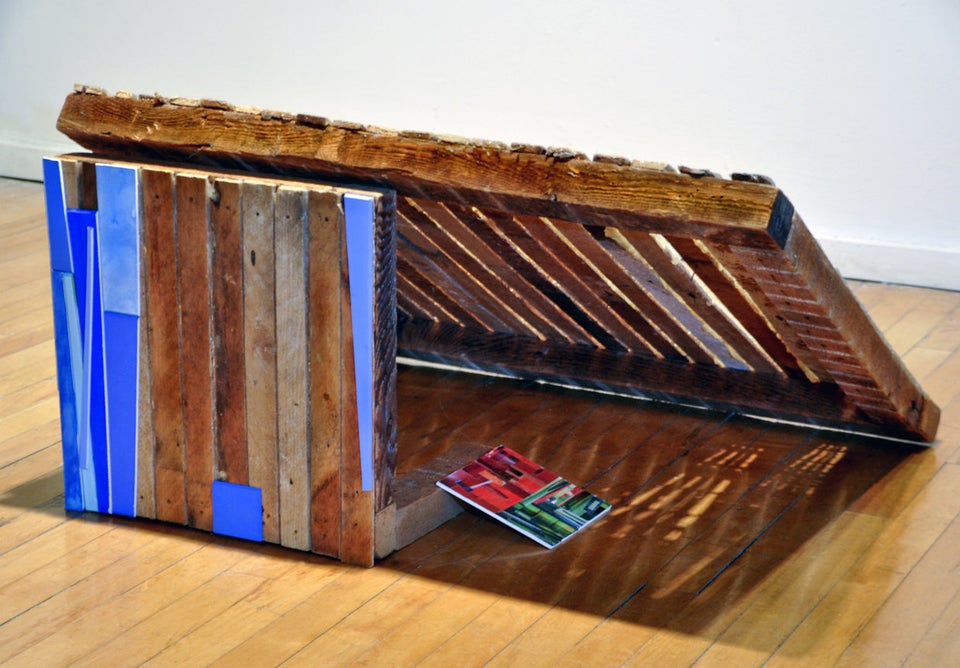
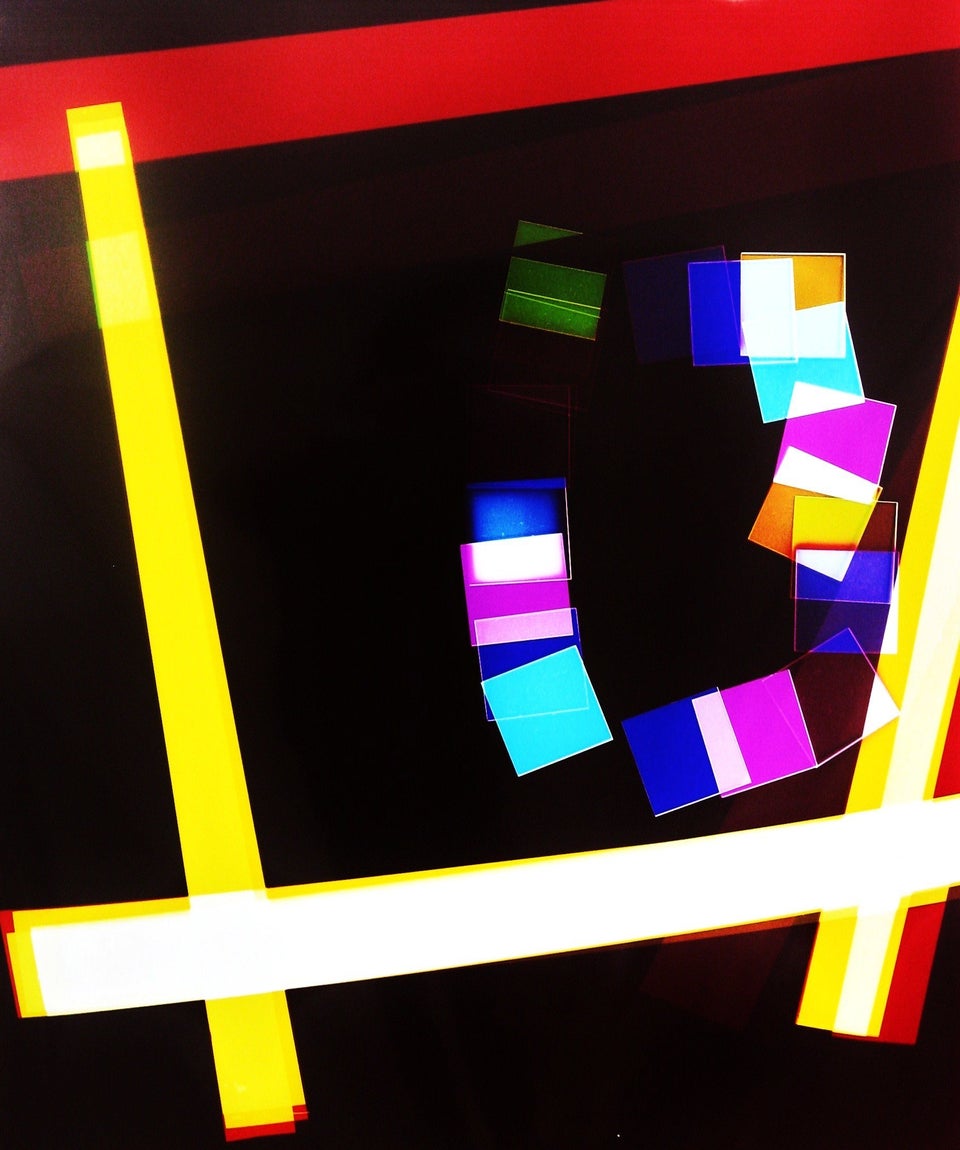
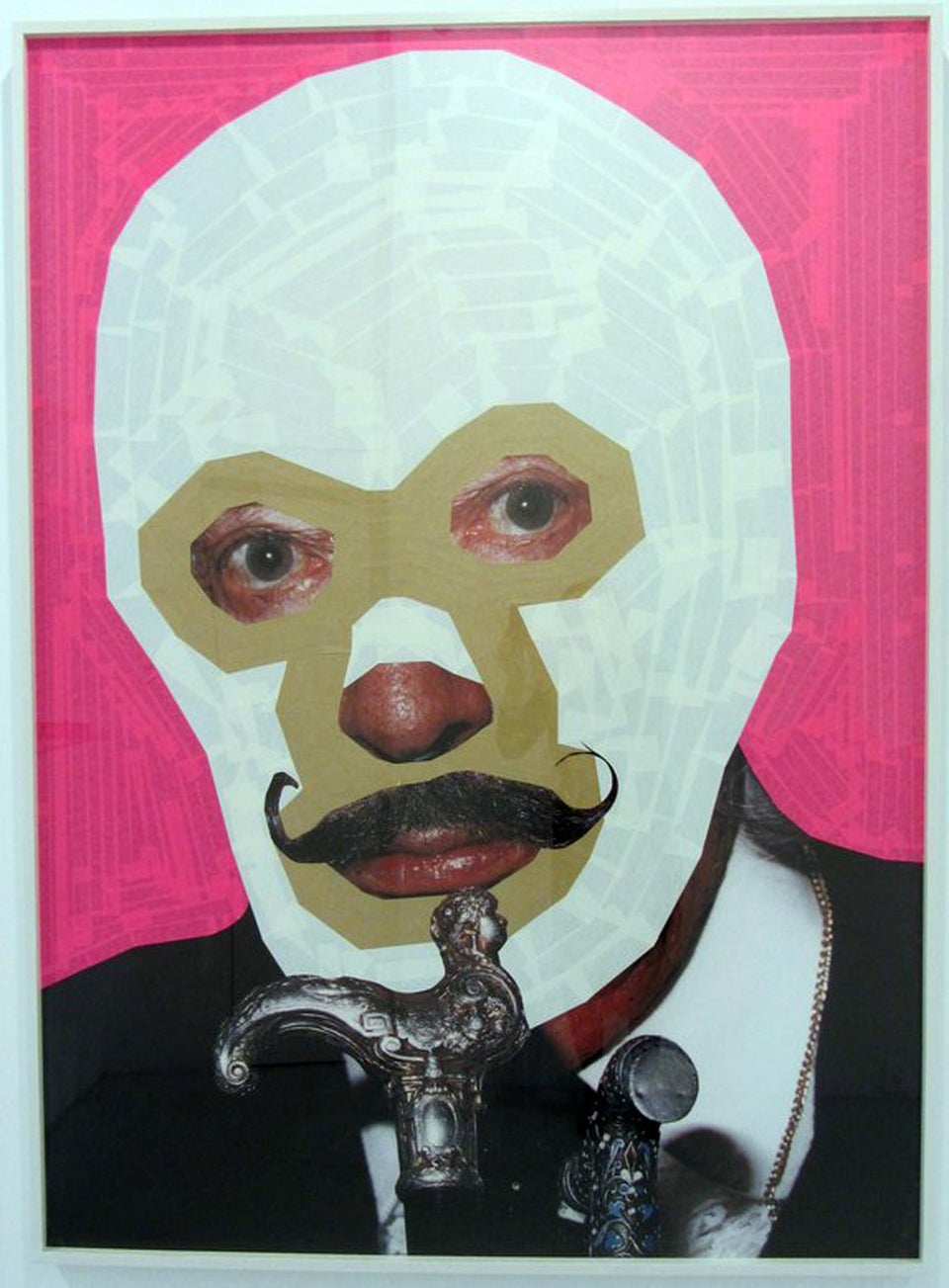
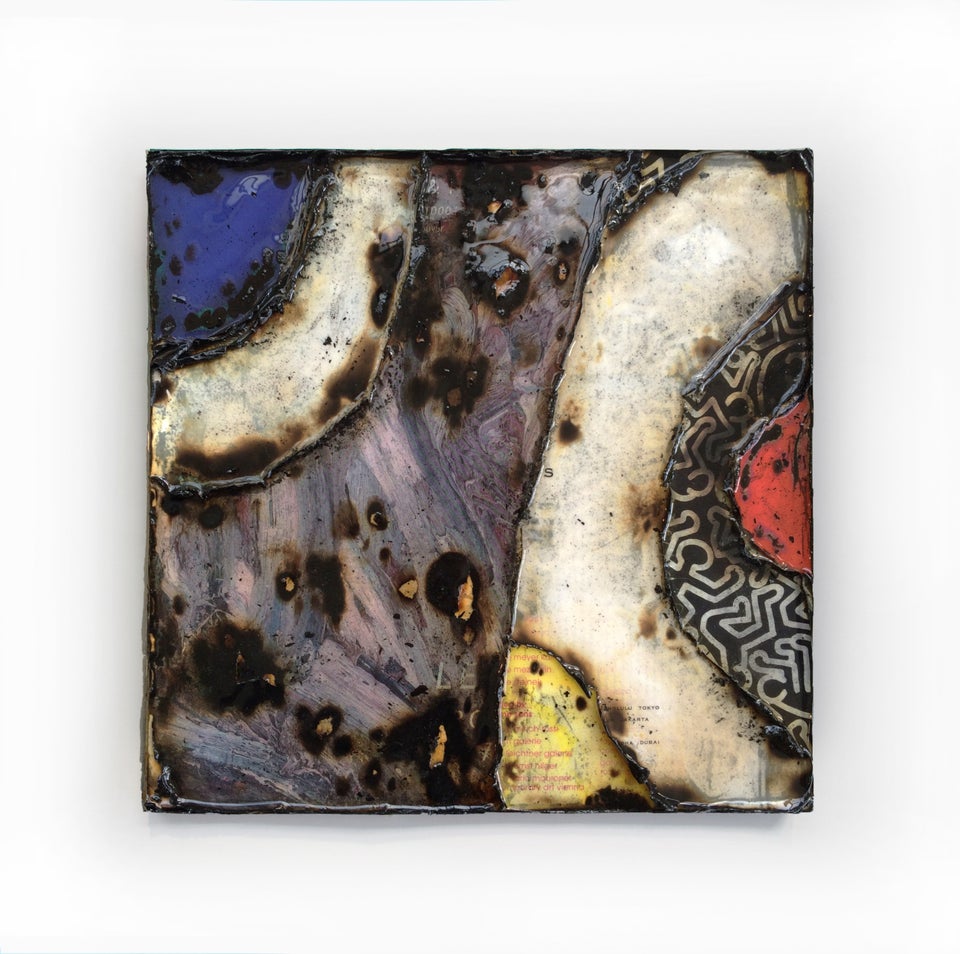
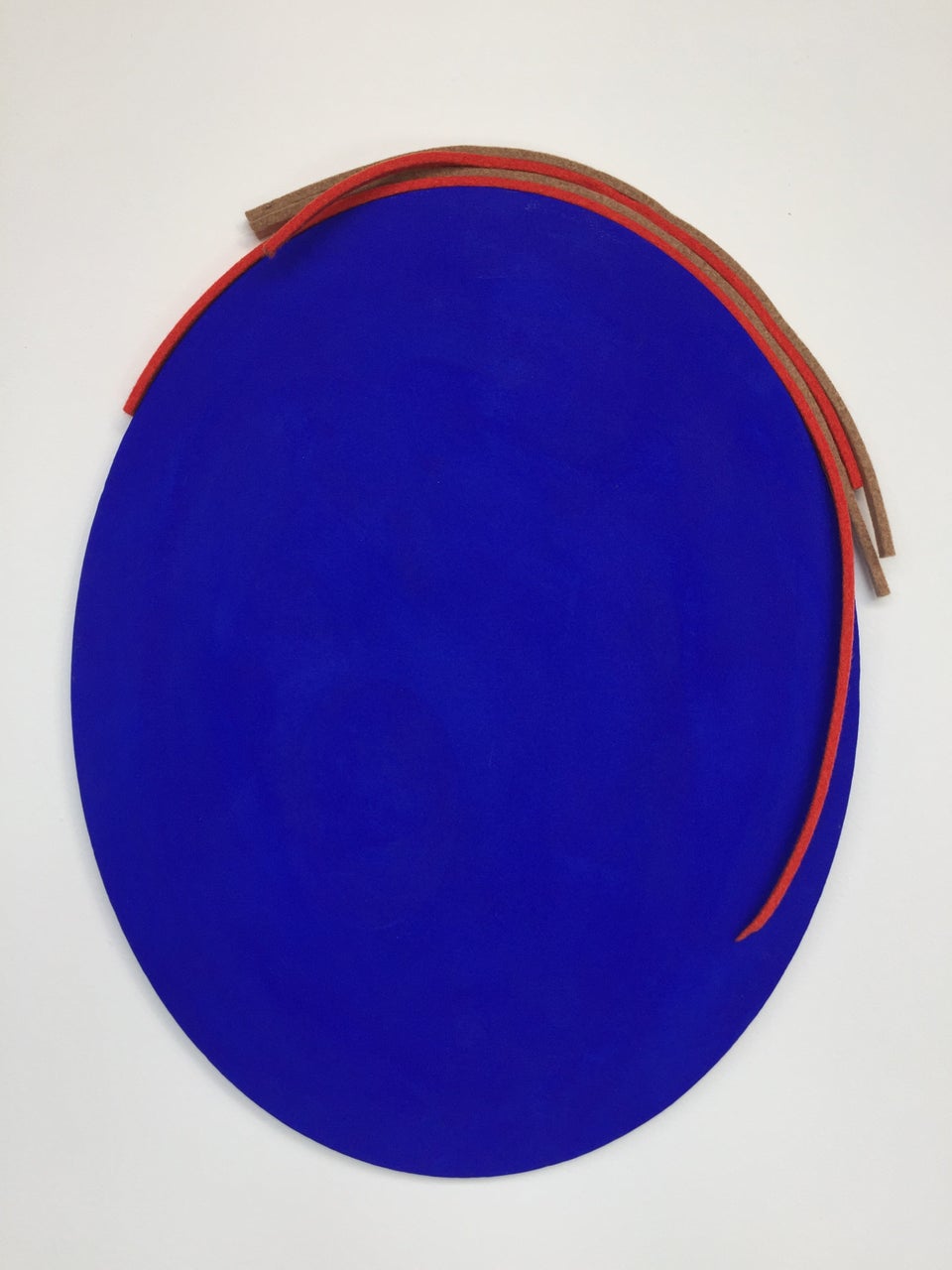
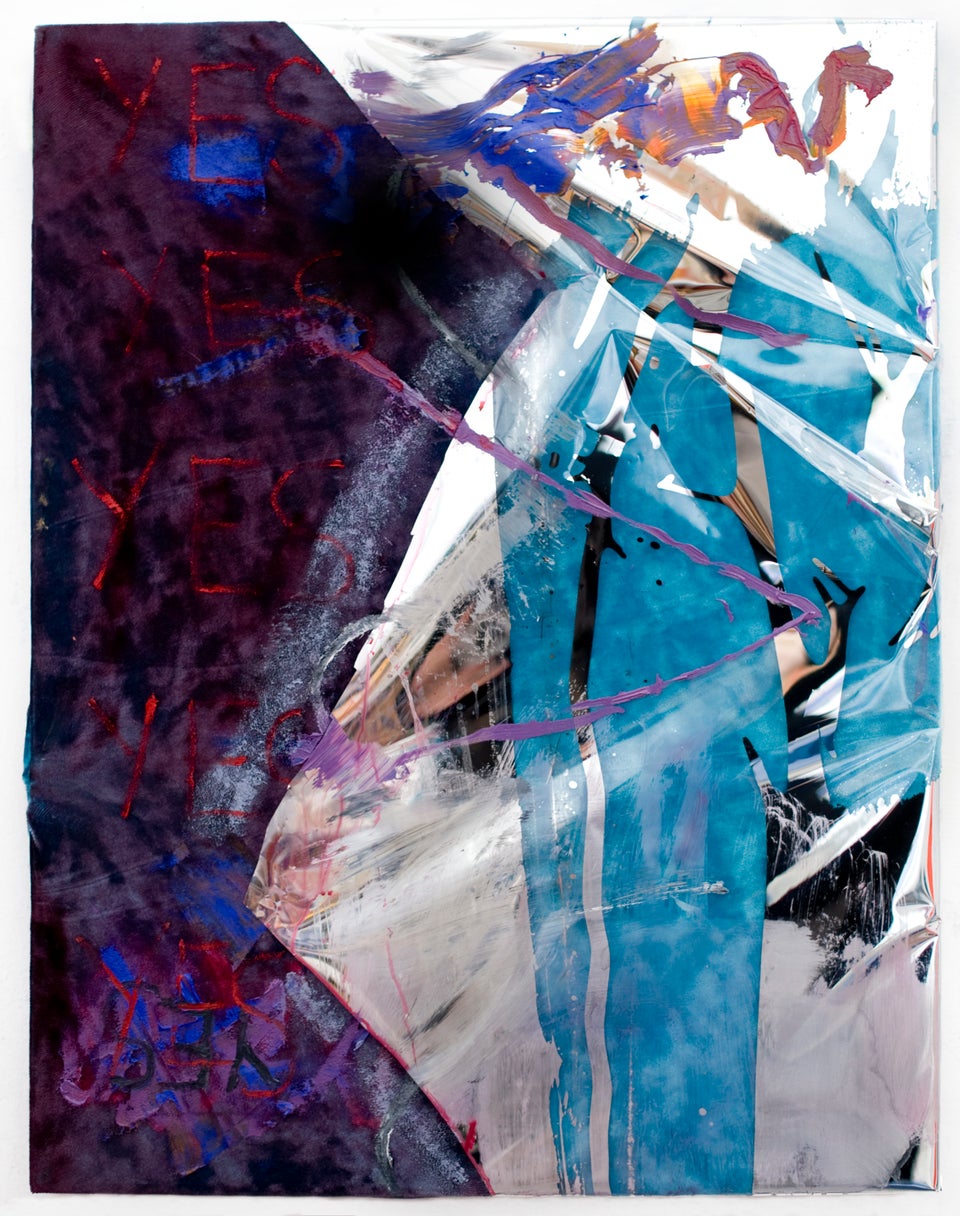
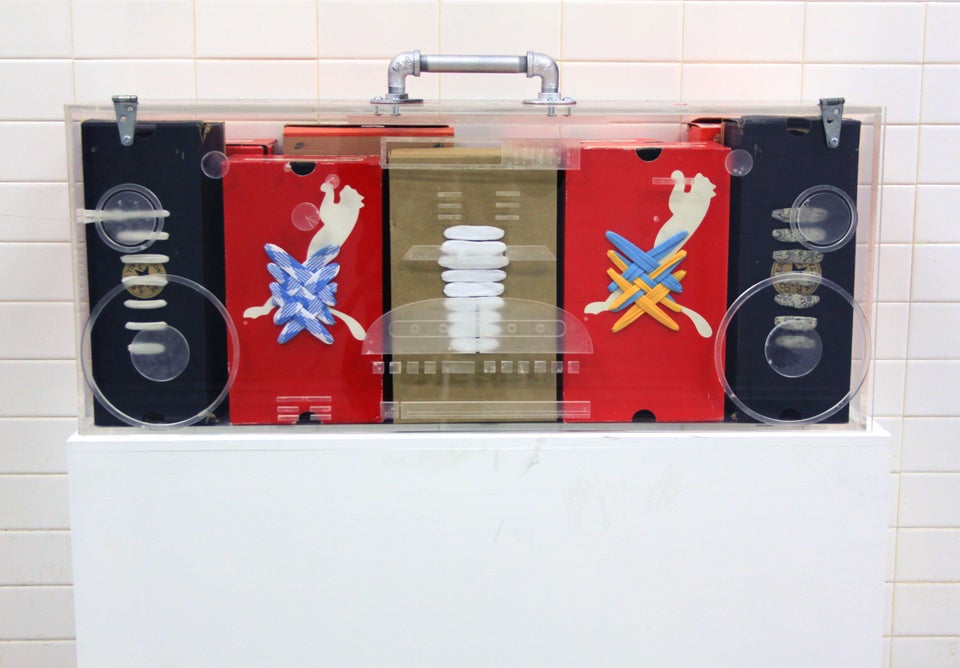
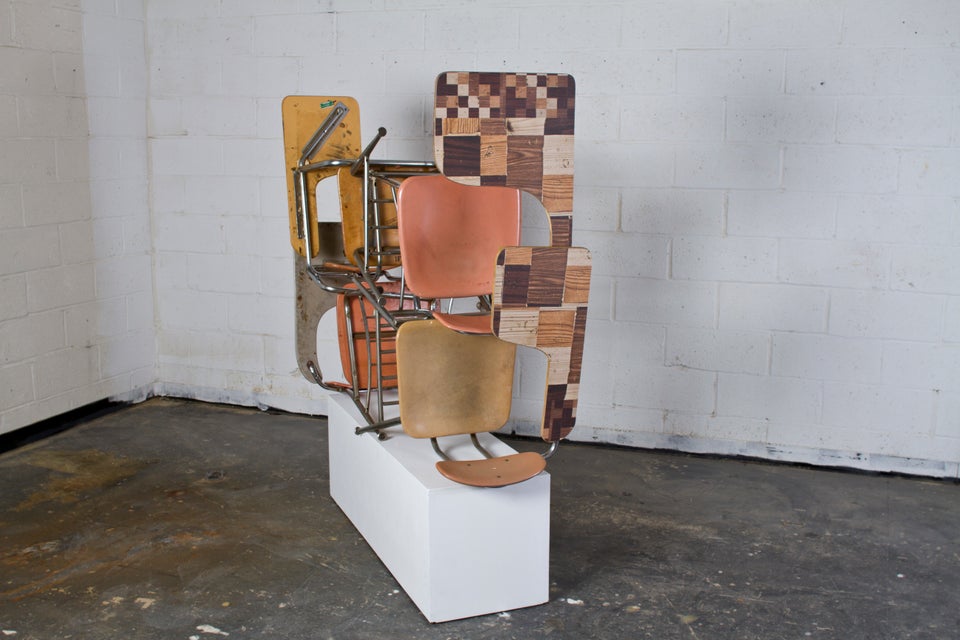

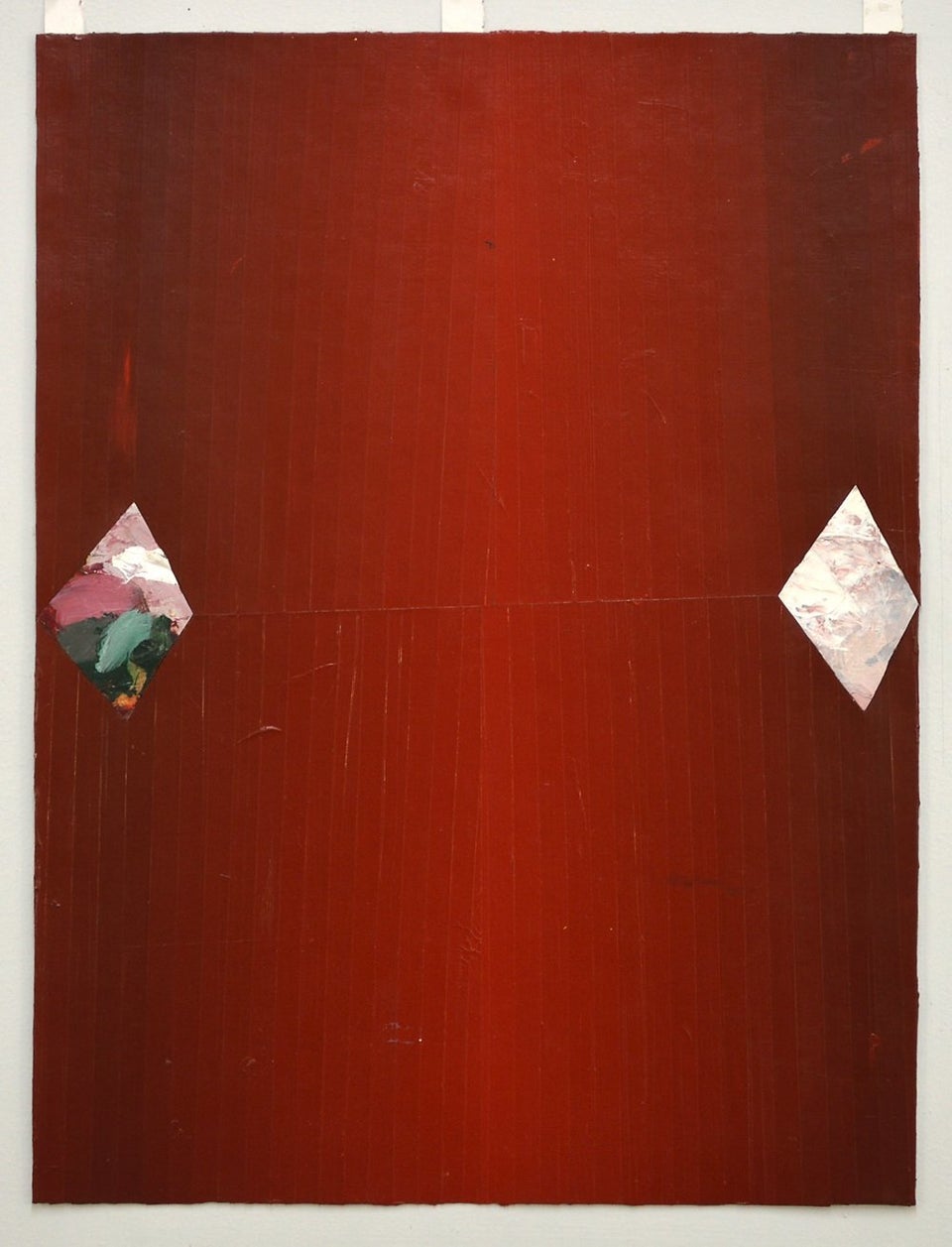
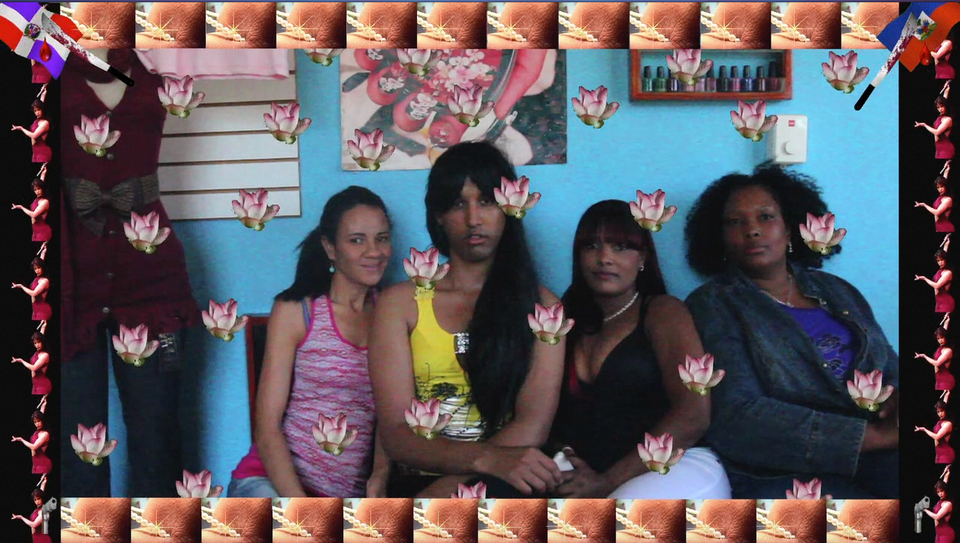
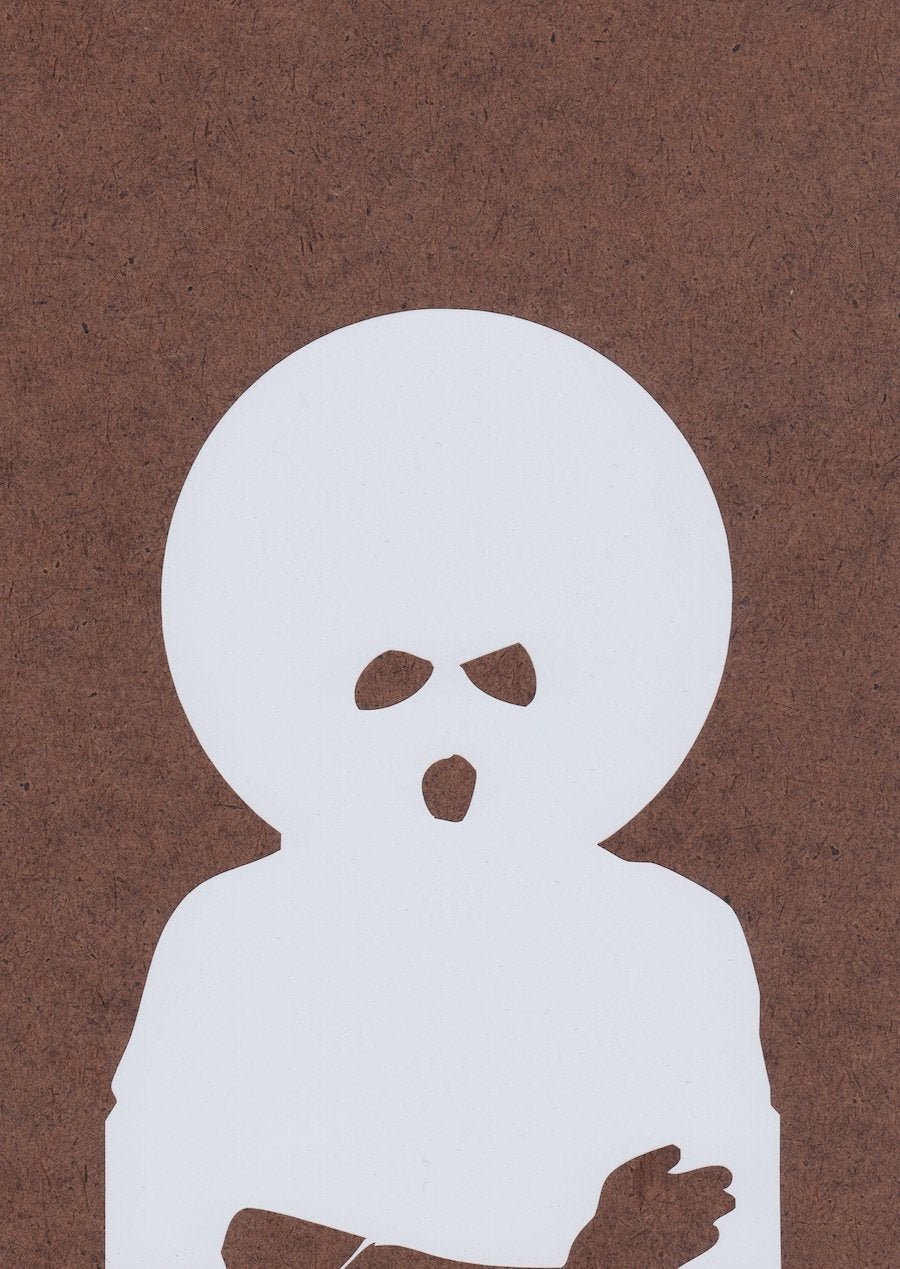
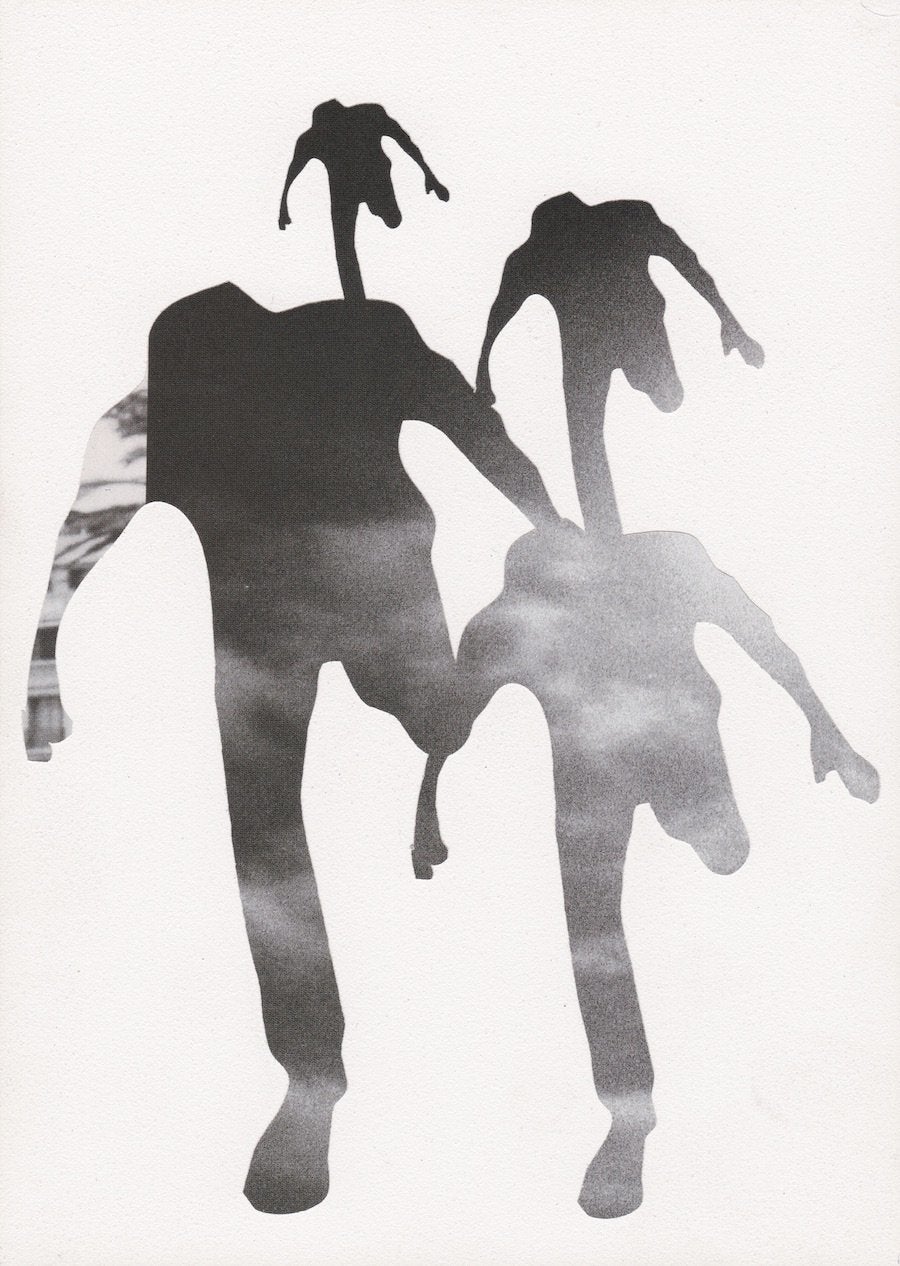
Also on HuffPost:
